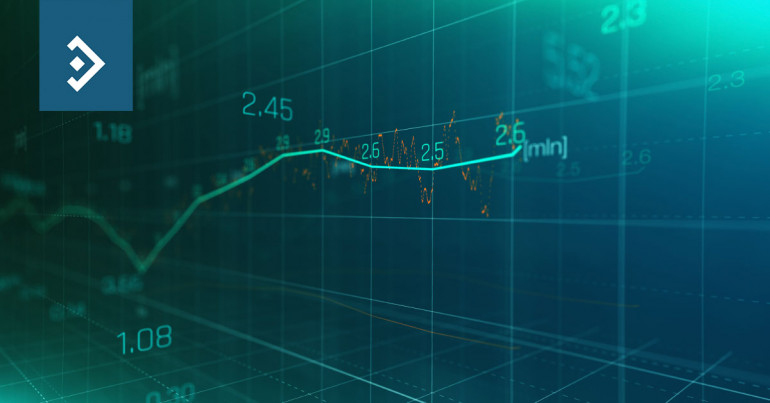
Growth but not too much
Morning mid-market rates – The majors
14th October: Highlights
- Sterling shrugs off weaker growth
- Inflation showing no sign of abating
- Gas issues will add to inflation pressure
August GDP growth 0.4%
Consumers reined in spending as concerns grow about the effect of continued supply shortages and how long they will last.
The shortage of haulage drivers has had a knock-on effect during one of the busiest times of the year in UK ports.
Ships bringing in imported goods in time for Christmas have had to be turned away as the trucks and, more importantly, drivers are not available to clear any backlog.
The economic growth in August was half of what had been expected as the market begins to stare at stagflation further down the line.
Energy prices are likely to rise while at the wholesale level the effect of the gas price increase will see issues in many industries, not least steel and glass production.
The end of the various lockdowns has seen something of a bonanza in employment, characterized by yesterday’s promising data for employment.
Having worked hard to be able to withdraw support from the economy at its own pace, the Bank of England is now facing being forced into decisions it considers the timing not right to make.
The effect of the end of the furlough payment which took place at the end of last month and the withdrawal of the additional £20 weekly Universal credit payment are yet to feed through into the economy, although there has been evidence of a slowdown in retail sales.
Like-for-like retail sales fell by 0.6% in September, following an increase of 1.5% in August. This was below market expectations for an increase of 0.3%The pound managed to dodge the worst effects of a slowing economy. It rose to a high of 1.36 64 versus the dollar, closing at 1.3661.
Considering your next transfer? Log in to compare live quotes today.
Inflation hits 13 year high
Headline inflation rose to a 13-year high of 5.4% in September from 5.3% in August, its highest level in 13 years.
The data with volatile energy costs stripped out rose by 0.2% in September after a 0.1% rise in August.
The data, while unlikely to send shock waves through the Federal Reserve, will hasten the beginning of the withdrawal of assistance via asset purchases.
The Markets’ view on the taper has barely changed since the last FOMC meeting, the minutes of which were released last evening.
The minutes confirmed the view that the Fed intends to begin the taper of asset purchases by the middle of next month.
It is expected that in the first instance there will be a $15 billion reduction in purchases, spread $10 billion from Treasury Bonds and $5 billion in mortgage-backed securities.
Inflation was also a hot topic for discussion, with several members of the committee expressing surprise at the pace at which it has risen and showing concern about how long the uptick may continue.
Fed Chairman Jerome Powell spoke some months ago of the additional support being the emergency equipment that the Fed will use in an emergency, but it is now time for the emergency equipment to be put away.
The current level of purchases is $120 per month so at the rate that is expected, the total withdrawal of support would be eight months, although the pace may not remain constant.
FOMC members released their economic projections for the rest of 2021 along with the minutes. Most scaled back their expectations for growth, while inflation is likely to remain at the top end of estimates.
Given last week’s report, there is no surprise that Fed Members also scaled back their expectations for employment growth.
The dollar has reacted poorly to the latest data and the Fed Minutes. The dollar index fell to a low of 94.05 having again failed to pierce resistance at 94.50. It closed close to its daily low.
Industrial Production lower but beats estimates
The glass half full Bundesbank will still consider that to be too high with no sign of a reduction anytime soon, while the market sees it as the steep rise in inflation seen recently is coming to an end.
Of course, the effect of the rise in wholesale gas prices could blow everyone’s predictions off track.
ECB President Christine Lagarde speaking to MEPs recently made an effort to calm fears about rampant inflation as the recovery begins to slow.
She managed to reassure them that a return to growth is the main priority of the Central Bank while inflation, to a certain extent, will take care of itself once supply and demand become equalized.
Industrial production in the Eurozone rose by 5.1% year-on-year to August, month on month it fell by 1.6%. Falls in capital goods as well as consumer durables were the main negative factors.
Lagarde found an ally in another Frenchman in the fight to downplay the evils of inflation.
Francois Villeroy, the Governor of the Banque de France, believes that the Central bank could still miss its inflation target in 2023. Inflation is currently too high according to Villeroy, but he sees it as temporary with a touch of Gallic flair. That view may not be so well received in Frankfurt.
The euro managed to climb close to 1.16 yesterday, but this may still be just a temporary reprieve.
It reached a high of 1.1597 closing at 1.1595. Resistance sits around 1.1620 with, no doubt, a fair number of sell order situated just below that level.

About Alan Hill
Alan has been involved in the FX market for more than 25 years and brings a wealth of experience to his content. His knowledge has been gained while trading through some of the most volatile periods of recent history. His commentary relies on an understanding of past events and how they will affect future market performance.”



